"I used tape, but it didn't work." I hear that just about every week from someone else in line at the paint store, or from a client who has done some of their own work. Has it happened to you? How about I share a few professional secrets for masking off your woodwork? Since Paul Romleski, from Buckets of Color, was painting the dining room next to the kitchen that I was faux finishing today, I asked him for his favorite tape tips. Paul is the only painter I will recommend, so his advice is the best. Not the most exciting subject, but I promise this info will make your next paint project prettier.
First, CLEAN YOUR WOODWORK. Dust with a dry or slightly damp cloth. If it's in the kitchen, or a place the dog rubs against, Windex will degrease, without damaging any finishes. Do not use Pledge, polish or wax, as the tape will not stick to it.
Second, choose your tape. I know you have tried what I'm about to recommend, and may have had bad results, so read all the way to the end, okay?
 |
| Just when you thought choosing color couldn't get any more daunting, you have to choose your tape color, too. |
If you need to mask off fresh or possibly delicate painted woodwork, use the 3M BLUE with the ORANGE CORE. There are lots of different blue tapes, and they have adhesion ratings, but the numbers are easy to mix up. Just look for the orange inside. Blue is also what I usually use for taping stripes or panels on freshly painted walls, by the way.
I am not a huge fan of GREEN Frog Tape, but I do use it on delicate surfaces. Paul says their new yellow is really good, and especially if you are taping a corner where your paint is meeting a faux finished or papered accent wall. It's sheer enough to see through, and tell if your overlap is even, giving you the best edge possible. Some of the green tapes being sold are especially solvent resistant, so if you need something to use with lacquers and such, read the labels.
Now, here's the bit most people skip: BURNISH THE EDGE of the tape, where it meets the wall. Use a drywall taping knife(putty knife), a 5-in-one tool, or an old credit card, trimmed so it has a square corner. Your fingertip or fingernail are neither one going to do an adequate job on the spots where it really matters.
Finally, pull the tape as soon as the wall at the edges is dry to the touch. If anything snuck under, despite your best efforts, it will still be wet, but the wall will be dry, so a quick dab with a damp thin rag or paper towel will clean it right up. If you don't pull then, give the paint time to harden (12-24 hours) before you pull the tape. This will reduce the risk of the latex that overlaps from the wall onto the tape doing the stretchy thing, and leaving you shredded edges, which then must be touched up with an artist's brush. If the tape breaks a lot when removing it, try reversing the direction you are pulling from. Sometimes it seems to have a grain, and rips less when pulled from one direction than the other.
One more thing: If you are masking a painted surface, be aware that if the previous paint job was done over an oily or dusty surface, or if someone put latex over oil base paint without the proper primer, any tape is likely to lift paint off. Don't blame the tape.
I hope this was helpful. Especially if you are planning to call me in a few years when you upgrade from plain paint to one of my specialty finishes, because as much as I hate taping, what I hate more is spending hours scraping the previous painter's messes off of the woodwork. Don't make me hafta snarl at you.
If you are ready for me to paint something special now, you can see my portfolio and find the info on how to hire me at theartofthehome.com.
If you have comments or questions, just click the comments below, or feel free to email me at dawnmariedelara@gmail.com.






















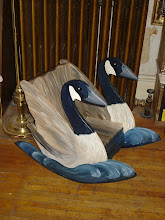



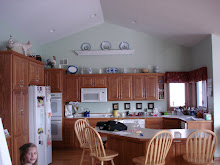






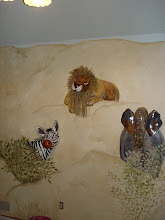
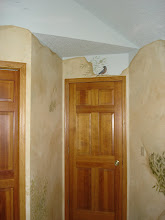
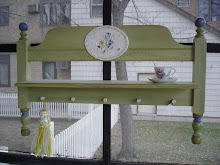

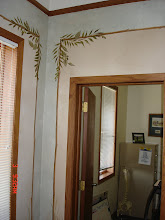



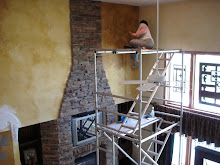



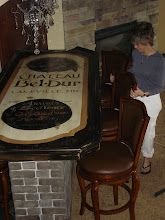
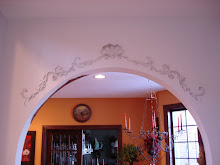



No comments:
Post a Comment